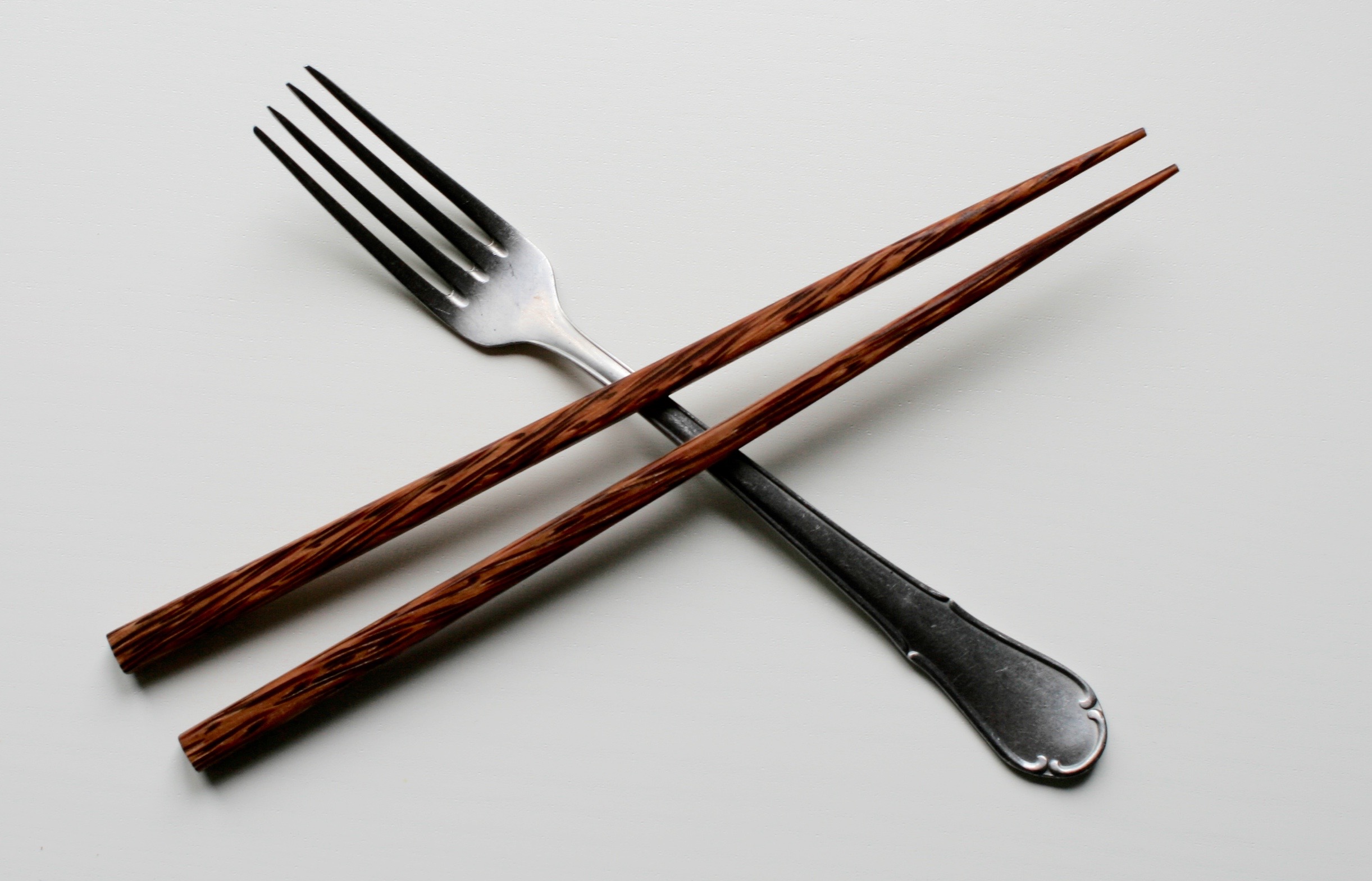Exploring Chinese, Japanese, and Korean Cuisine on Wikipedia
by Zixuan Liu
Gastronomy is usually a distinct feature of a culture. It represents people’s typical lifestyle, and implies historical backgrounds, geographical advantages, and people’s preferences. Furthermore, with the convenience of transportation, long history of communication and migration of different peoples, and immense globalization, the gastronomy of different cultures diffuse into many places.

Celebration of International Food
The United States, as the “melting pot”, has attracted people around the world, who bring traditional cuisine along with them. In most towns, one can find some sort of “exotic” restaurants, Mexican, Italian, French, Chinese, Korean, Japanese, Thai, Vietnamese, Indian, etc. This project will concentrate on three cuisines from Asia: Chinese, Japanese, and Korean. It will display over thirty famous dishes from each country and their page history in Wikipedia.
I specifically chose this topic, because of my passion for diverse cultures, especially in cuisine. Since I am somewhat familiar with all three different cultures and their diet habits, I am able to pick the typical dishes from each by looking at a list of dishes from each cuisine.
The list is separated in three parts, firstly Chinese food, then Japanese, and last but not the least, Korean cuisine. The clusters mostly break down into the long list by different types of cuisines. The first cluster is mainly Chinese dishes, followed by Japanese dishes, and lastly Korean dishes. After the general cuisine description, there is a large section of main dishes, or staple foods, such as dumplings, congee, curry rice, etc. Secondly, it would be meat dishes, for example, Kung Pao chicken, tempura, teriyaki, bulgogi, and galbi. Lastly, the vegetable dishes. There are actually very few veggie dishes that made on the Wiki list. Based on research by the Organization for Economic Cooperation and Development, the United States consumes 198.5 pounds of meat per capita per year, while China consumes 109.9 pounds per capita, Japan 78.7 pounds per capita, and Korea 113.5 pounds. Therefore, it is understandable that the meat dishes are much more popular in the United States than the vegetable dishes.
From time to time, I notice some very interesting changes of description of the three cuisines.
In 2001, the first paragraph of Chinese cuisine is only a single concise sentence: “ China has one of the richest culinary heritages on Earth, most of which is relatively unknown in Western civilization.” Then between 2002 and 2004, it explains the tools (chopsticks and spoon) Chinese people use to eat. In the span of ten years, from 2005 and 2014, it mainly discusses its diverse culinary heritages and popularity in the world. Finally, in 2015, there is actually a decrease of 15,000 characters; because, each regional cuisine style has opened up a new entry on Wikipedia, such as Szechuan, Hunan, Cantonese, etc.

Chopsticks vs Fork
The page for Japanese cuisine, as well, has to clear some confusion at the beginning. It starts with “Being an island nation, Japanese cuisine is heavily into seafood. Beef is extremely expensive in Japan, it is a luxury item…Regular Japanese people eat sushi and sashimi only on special occasions, unlike Americans who eat sushi as regular meal in the US.” However, in the following year, it has clarified that beef becomes an everyday food in Japan. Then in the next few years, the first paragraph mostly focused on what is the traditional food of Japan, and presented different points of views. From 2007 on, it starts showing influences of other cultures on Japanese cuisine, and Japan in general. It mentioned China and Korea from ancient times, and then western culture in the early modern era. In 2012, Wiki started to use more specific names in Japanese cuisine, such as Miso soup, sushi, sashimi and tempura. This demonstrates that it is confident that the audience have a decent amount of knowledge on Japanese cuisine.

Moreover, the first description of Korean cuisine in 2001 is: “During the 1988 Summer Olympic games at Seoul, the Korean government asked their citizens not to consume dog meat as food to avoid bad publicity during the game.” However, in the page from 2002 to 2005, there was only one sentence of controversies at the bottom that brings up the issue. Other than that, Wikipedia focused mostly on traditional Korean table settings, manners, and food in the early time. Also, there is a clear distinction between non-royal settings and royal court settings. From 2006, the focus shifted to specific dishes, beverages, and snacks.

Korean Traditional Table Setting
Going to specific dishes, their pages are usually concise and fairly new. Most of them only have a couple hundred of words, or fewer than one hundred of words, and fewer than 10 sections. Some could be very well-known within the country, yet not so popular in the United States. However, there are a few outliers, such as Sushi. It was really interesting to me that Japanese Cuisine has only been translated into 45 languages, while Sushi has entries in 87 languages. Also, Ramen and Sashimi have high cognition worldwide.
Overall, from the description page of each cuisine and each dish, we can see the huge difference in the popularity of the cuisine styles and culture. From 2001, the first year in the twenty-first century, we can notice that Asian culture was quite exotic to the Western world. There were lots of description for just explanations of differences. For example, why Chinese do not use forks and knives, how Koreans are used to eat dog meat, etc. But as the progression of globalization goes, many points made earlier become common sense. By comparing the length of the pages in 2018, I noticed that Japanese cuisine has the highest number of characters, and a few words less than Korean cuisine. The length of the page can usually imply the familiarity and research done. In reality, Japanese food seems to be more popular and diverse in the United States. Ramen, udon, hibachi, teriyaki, and sushi, are all very famous. However, when Americans think of Chinese food take-out, it is usually General Tso’s Chicken… (which is not really from China anyway…) Therefore, it is reasonable that Japanese cuisine would have 60,000 characters more than Chinese cuisine in 2018.


As an online encyclopedia, Wikipedia has been a prominent source for millions of people. Therefore, what information the page presents is a significant matter. It could influence people’s perspectives on one thing. For example, if people who know nothing about Korea reads that Koreans eat dog meat, and even their government thinks it has bad reputation with it, they would be likely to look down on Korean cuisine. Stereotypes are everywhere, and the way to avoid some is to view things with a critical lens. So, when we try to find information from Wikipedia, we need to treat it as the basic knowledge. In this way, we will have a more open mind to embrace the world culture.